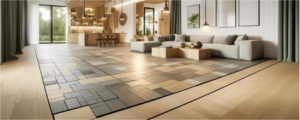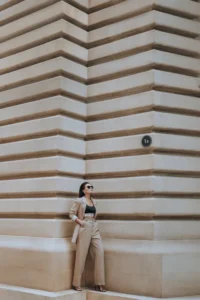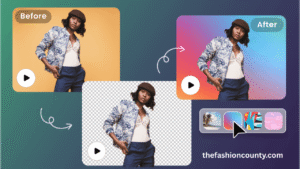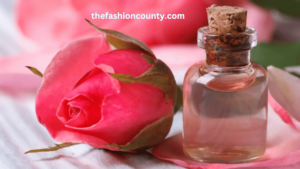What Clothes Should You Wear to Go Mountain Biking?
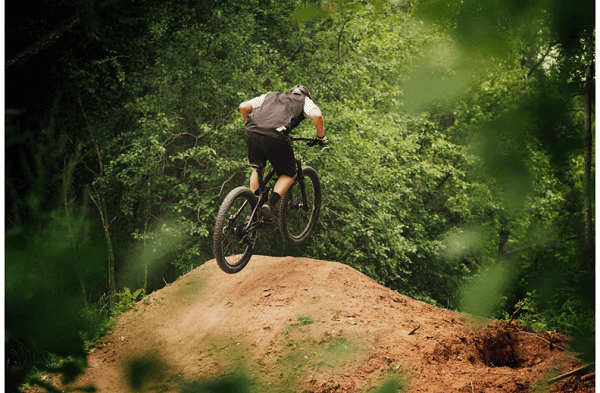
Mountain Biking
Mountain biking (MTB) requires the appropriate gear in order to provide a safe, comfortable, and enjoyable ride. No matter if it’s for an hour ride or all day adventure; always ensure that essentials are packed in your backpack.
Jersey
Mountain biking can be an intense sport that demands special equipment and clothing to ensure safety and comfort, as laid out here, during rides. While a mountain bike is big, one of the most often neglected pieces of equipment for an MTB rider is their jersey – typically constructed of synthetic materials designed to wick away sweat, regulate temperature, and help you reach peak performance while cycling.
MTB jersey sleeves typically feature Raglan seaming to avoid any shoulder strap chafing from your pack and flapping in the wind. Short or long sleeve options may be available; long sleeve options tend to be preferred by riders needing arm pads or back protectors.
A quality MTB jersey should include a full zip for when temperatures heat up while riding, or layer up when temperatures drop, plus pockets to store phone, keys and other essentials. Your choice in color and style depends entirely upon personal taste; just ensure it is comfortable, durable, and easily identifiable should anything go amiss during an accident or misstep.
Shorts
Mountain biking-specific shorts should always be worn. These usually feature padding made from soft, durable fabric to cushion your butt as you ride over rough terrain and jumps. Padded shorts may also help prevent chafing on longer rides; unpadded liner shorts could be added for additional cushioning.
Most padded shorts equipped with a chamois liner provide added comfort while riding, while many riders also opt for chest protectors to shield from branches, dirt and debris that might fall onto their mount.
These types of shorts are typically equipped with a breathable mesh panel in the back to increase airflow and keep you comfortable, as well as soft sweat-wicking lining that prevents moisture build-up on legs and underarms. I’d recommend them as, potentially, the most important item of mountain biking clothes a beginner can buy. Their fit will likely be baggier than running shorts to allow more freedom for movement without feeling constricted.
Some of the top MTB shorts for women feature suspender straps instead of waistbands for added stomach support and to reduce bladder pressure caused by double waistbands. They’re an excellent solution for riders who don’t like feeling constrictions on their ribs or bellies from traditional double waistbands.
Gloves
As any mountain biker knows, good gloves are an important component of their riding experience. Not only will they give your hands a firm grip on the handlebars but they’ll also protect them from scrapes and cuts in case of falls. Available materials range from thick and warm to thin and breathable – make sure that whatever style of rider you are, pick gloves that fit comfortably without restricting or constricting – loose-fitting gloves can compromise grip while too-tight ones may result in blisters!
Most riders opt for full-finger gloves because of the added protection they offer against branches and trail obstacles. Modern designs are tailored for maximum comfort with touch screen compatible fingertips to keep an eye on GPS or cell phones while riding. If you are an aggressive rider looking to venture into bike parks more frequently, heavier gloves such as 100% Cognito D30 should provide extra impact protection.

Shoes & More
Mountain biking can be one of the most exhilarating outdoor activities available, yet can also be potentially hazardous if not properly attired. Finding an optimal balance between protection and comfort is often challenging but having the appropriate gear makes life simpler – no matter if you’re just getting started or an experienced pro. Clothing makes all the difference.
A high-performance jersey (or shirt) is a good investment when cycling MTBs. Many MTB tops are specifically tailored to cycling, featuring moisture wicking fabric that quickly transports sweat away from your body and dries more quickly than cotton or other non-performance fabrics, while still remaining breathable enough to keep you cool in hot conditions while warming in cold ones.
MTB socks are designed to be thick and quickly drying to help keep your feet dry when riding in damp or rainy conditions. Padded models with antimicrobial treatment prevent odor build-up (https://www.sportsmedtoday.com/saddle-sores-va-30.htm). Some riders also opt to wear knee pads; these may prove particularly helpful on downhill trails with higher risk of crashes than average, especially those featuring technical sections with more risks associated with falling downhill tracks.
Shoes are an important component of your MTB kit and should reflect both the terrain you plan on riding in and weather conditions. When selecting cycling-specific shoes such as clipless ones that work with special MTB pedals or flat pedals with grippy pins on the soles for flat pedal riding, or cold weather shoes specifically tailored for this climate that feature thick padding liners as insulation layers – consider what type of terrain and conditions will determine which style best meets your needs before making your purchase.


